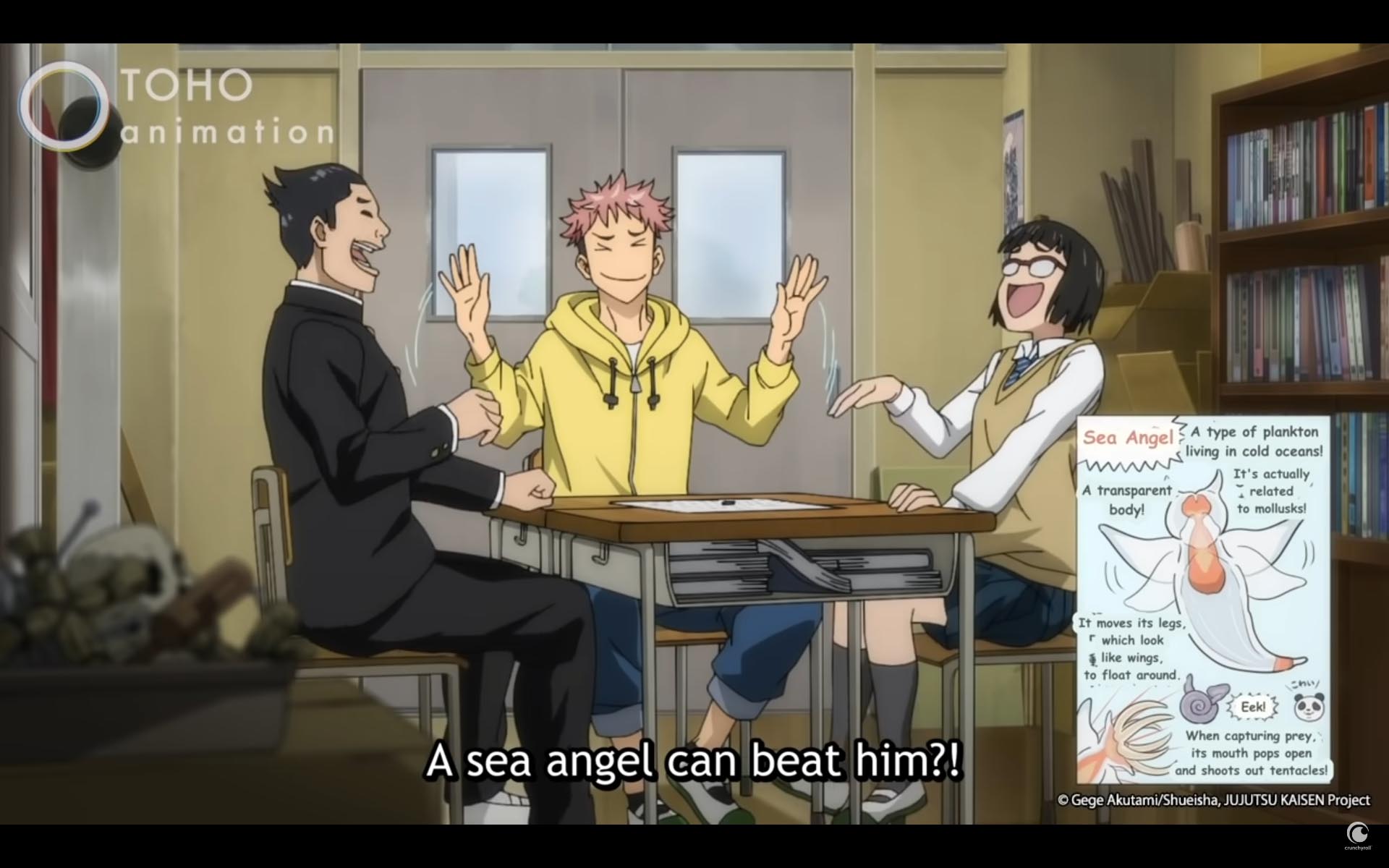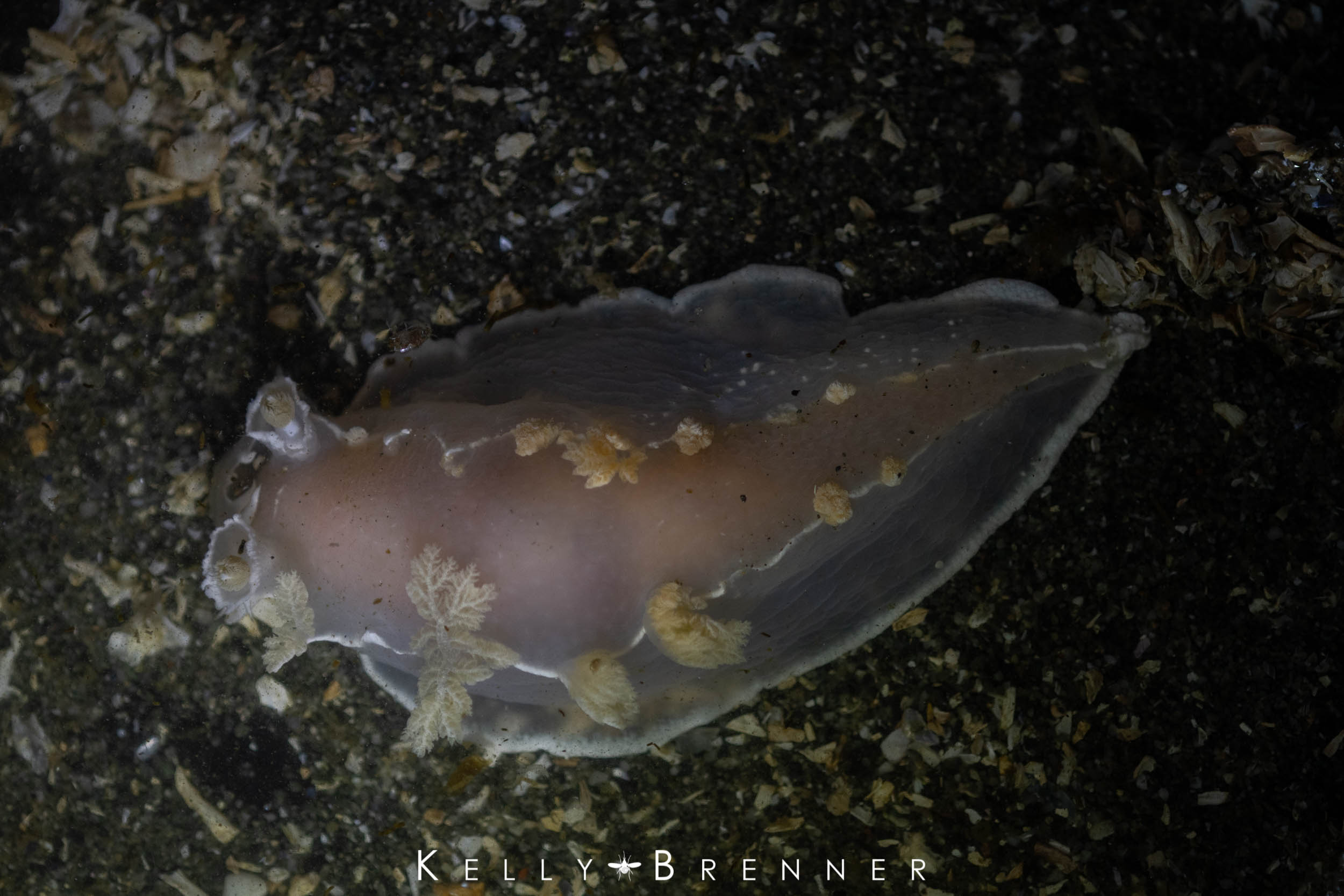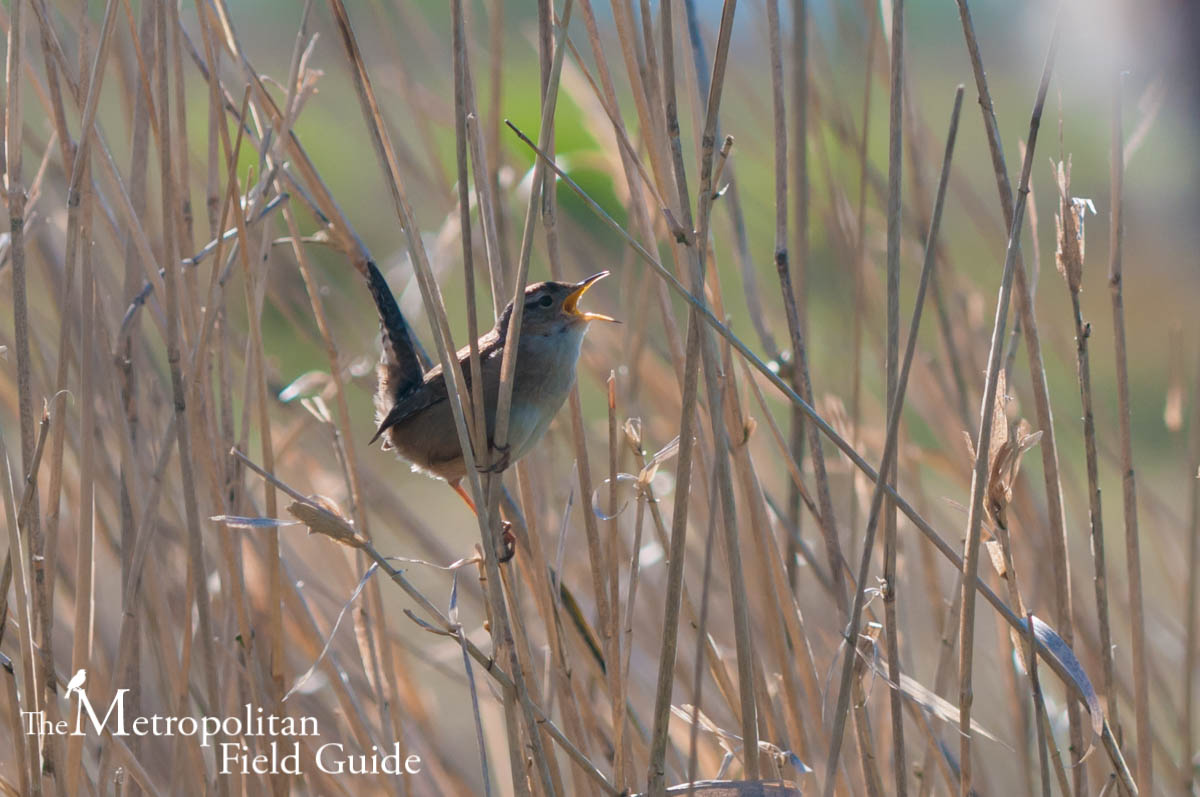View this article as a VISUAL STORY
(Good for mobile devices)
Chances are pretty good that if you watch a lot of anime and read manga, you’ve encountered a sea slug somewhere. While sea slugs can be found in pretty much every country with a coastal border, in Japan they’re particularly popular not only among divers, but among the wider population and they often guest star in anime and manga. They even make an appearance in the popular Nintendo game, Animal Crossing New Horizons. The Japanese have made their mark on the world of nudibranchs and sea slugs in more than one way, where they’re known as umiushi (ウミウシ).

Nudibranch by Kumataro Ito
In the early 1900’s, Japanese artist Kumataro Ito joined the Philippine Expedition, a scientific voyage on the USS Albatross as the chief illustrator. For more than a year off and on, he sailed around the many Philippine islands illustrating the marine life they encountered and by the end of the trip he had painted seventy species of sea slugs. Sadly, attribution to his illustrations from the voyage was largely lacking despite his incredible contribution. Fortunately today, he has become more widely recognized for his spectacular paintings and a digital copy of the book containing his artwork can be found on the Biodiversity Heritage Library: Notes and description of specimens collected on the Philippine Expedition of the Steamer Albatross, circa 1908. The first page has a delightful quote, “Count that day lost whose low descending sun, Finds no new nudibranchs described, drawn and done.”

Nudibranch from Opisthobranchia of Sagami Bay
Half a century later nudibranchs were painted again, this time in a book about the sea slugs of Sagami Bay in Japan, published by Emperor Hirohito. The Emperor intensively studied hydroids, a favorite food of nudibranchs, but he also had a wider interest marine life and collected extensively, naming more than a hundred species. He spent time surveying Sagami Bay and documenting the diversity found there, including nudibranchs, and eventually published Opisthobranchia of Sagami Bay. The illustrations in the book, by Hiroo Sanada and Shiro Kato are all of the Emperor’s specimens.
The introduction to Opisthobranchia of Sagami Bay was written by Kikutaro Baba, a Japanese marine biologist and expert in the field of sea slugs. He was a giant in the field and over the course of his life he described countless new species, introduced new taxa and wrote almost two hundred papers as well as multiple books, all on the subject of sea slugs. His exhaustive work earned him the honor of having more than a dozen sea slug species named after him by other scientists.

Umine Awashima Mascot for Awashima Marine Park
A few years ago the Awashima Marine Park, on an uninhabited island located in Suruga Bay, unveiled their new mascot, Umine Awashima, the sea slug girl who looks like a Hypselodoris festiva nudibranch. She’s even got her own Twitter account.
Kikutaro Baba, Emperor Hirohito and others succeeded in bringing a general awareness of the existence of sea slugs to Japan so it’s no surprise that they pop up regularly in popular culture, including anime and manga. The combination of being a huge sea slug fan as well as a big anime/manga geek led me to start keeping a list of all the times I saw sea slug representation over time. Here is that list, and counting. Please feel free to contact me or leave a comment if you have seen a sea slug in anime/manga that I’ve missed. . .
.

Chapter 215 of Golden Kamuy by Satoru Noda
Golden Kamuy (ゴールデンカムイ)
One of my very favorite manga and anime, I was beyond delighted to encounter chapter 215, ‘Angels of the Drift Ice’ starring Cliones. These sea slugs are also known as sea butterflies and are one of the few sea slugs which actually swim. There are several Clione species and Japan may have three of the four. Clione limacina is the most common but in recent years other species have been split off of it including Clione okhotensis which was surveyed and described off Hokkaido in the drift ice, exactly where the Golden Kamuy story was set when the characters encountered the Clione sea slugs in the most humorous manner possible.

Jujutsu Kaisen Anime
Jujutsu Kaisen (呪術廻戦)
In a very brief scene in episode one of this massively popular anime, while at his occult school club, Itadori Yuji uses a kokkuri board (similar to the western ouija board) to ask what animal the class president is weaker than. The answer is クリオネ (kurione), also known as the sea angel or clione.

The Aquatope on White Sand Anime
The Aquatope on White Sand (白い砂のアクアトープ)
A charming anime about an aquarium and the people who work there, many of them very passionate about marine biology, it is no surprise that nudibranchs feature in the show. But not only do they feature, they are the subject of episode 15, ‘The Great Sea Slug Debate’. The main character, Kukuru, works to create a sea slug exhibit and goes searching for nudibranchs at the local sea shore. There is a great discussion on the feeding habits of nudibranchs and how particular they are about their food source. And don’t miss the wonderful enthusiasm Kukuru shows when talking about sea slugs.

Assassination Classroom Anime
Assassination Classroom (暗殺教室)
An anime and manga that is incredibly hard to describe, and yet one of my favorites, sea slugs only make a very brief appearance in this memorable story. Koro-sensei and the students of class 3-E find themselves at an island resort for school and during the course of events, Koro-sensei himself is transformed into a ball and when the students fish him out of the water, a sea slug is crawling over him much to his consternation.

Belle Movie
Belle (竜とそばかすの姫)
When teenager Naito Suzu first enters the metaverse known as “U” as her persona Belle, she begins to sing and attracts the attention of another character named Tomo who takes the form of a sea butterfly, or Clione. He becomes her first fan and spends time with her inside “U”. His real identity is revealed later in this wonderful movie.

The Vampire Dies in No Time Anime
The Vampire Dies in No Time (吸血鬼すぐ死ぬ)
Cliones once again make a brief appearance in another anime, this time in the comedy The Vampire Dies in No Time as apparently a type of vampire. I’ve only watched the first episode so I can’t say if they are featured any more than that.

Kamisama Kiss Manga by Julietta Suzuki
Kamisama Kiss (神様はじめました)
Nanami, a homeless high school girl, takes up the role as a minor land god and finds herself visiting the dragon king who lives under the sea. The dragon king has sea slugs as attendants and I confess, I watched the anime series just because of this despite the show not being my usual genre.

Nagi-Asu: A Lull in the Sea Anime
Nagi-Asu: A Lull in the Sea (凪のあすから)
In a story of a world where most people live on land and a few live under the sea, one particular nudibranch is a recurring theme throughout the anime’s story. While most of the sea slugs in the story are purple underneath when picked up, there is a more rare and elusive red-bellied sea slug everyone hopes to find because of the lore behind this particular slug that says if you tell it your feelings, it will spit up a stone. If the stone is black your feelings are wrong, but if it’s white they are correct. This lore plays a significant part of the story. But sea slugs are scattered around in the imagery throughout the anime as statues, on posters and other places in the background for the sharp-eyed viewer and it’s even used as a metaphor.

REBORN! Anime
Katekyō Hitman Reborn! (家庭教師ヒットマンREBORN!)
Another show I haven’t yet seen, in this mafia themed show nudibranchs take on the form of Spettro Nudibranchi, a special style of attack weapon. If you want to skip to the nudibranch weapons, you’ll want to jump to episode 126 or chapter 203 in the manga.

Fairy Tail Anime
Fairy Tail
Although they’re small, beautiful and often cute, we shouldn’t forget that nudibranchs are all predators and in episode 205 of the anime Fairy Tail, that is taken to a new level as an enormous nudibranch attacks. The characters attempt to fight it off and one ends up being swallowed by the giant sea slug.

One Piece Anime
One Piece
One of the most popular and longest running anime of all time, One Piece recently hit the 1,000 episode mark. Every single anime or manga fan has heard about One Piece. As a story about pirates sailing on a sea, such an immensely long story was bound to run across sea slugs at some point and the Territorial Sea Slugs (ナワバリウミウシ) do indeed feature in this anime and manga living in the waters around Totto Land. You can see them in episode 858 or chapter 884.

Pokémon Anime
Pokémon
Just as big of a titan in the anime world, Pokémon also features sea slug creatures called Shellos. There are two types of Shellos, the West Sea Shellos are pink and white while the East Sea Shellos are blue and green. They first appeared in episode 507 and have made several appearances since then. They also appear in the popular Pokémon GO game.







Really enjoyed your article about sea slugs examples as a manga star.
Nice and wonderful !! This is perfect Art